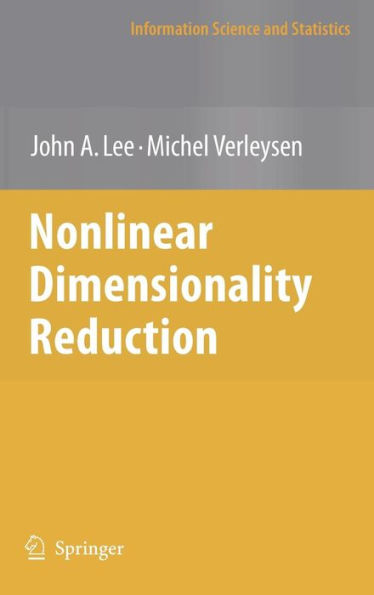This book describes existing and advanced methods to reduce the dimensionality of numerical databases. For each method, the description starts from intuitive ideas, develops the necessary mathematical details, and ends by outlining the algorithmic implementation. Methods are compared with each other with the help of different illustrative examples.
The purpose of the book is to summarize clear facts and ideas about well-known methods as well as recent developments in the topic of nonlinear dimensionality reduction. With this goal in mind, methods are all described from a unifying point of view, in order to highlight their respective strengths and shortcomings.
The book is primarily intended for statisticians, computer scientists and data analysts. It is also accessible to other practitioners having a basic background in statistics and/or computational learning, like psychologists (in psychometry) and economists.
This book describes existing and advanced methods to reduce the dimensionality of numerical databases. For each method, the description starts from intuitive ideas, develops the necessary mathematical details, and ends by outlining the algorithmic implementation. Methods are compared with each other with the help of different illustrative examples.
The purpose of the book is to summarize clear facts and ideas about well-known methods as well as recent developments in the topic of nonlinear dimensionality reduction. With this goal in mind, methods are all described from a unifying point of view, in order to highlight their respective strengths and shortcomings.
The book is primarily intended for statisticians, computer scientists and data analysts. It is also accessible to other practitioners having a basic background in statistics and/or computational learning, like psychologists (in psychometry) and economists.

Nonlinear Dimensionality Reduction
309
Nonlinear Dimensionality Reduction
309
Product Details
| ISBN-13: | 9780387393506 |
|---|---|
| Publisher: | Springer New York |
| Publication date: | 12/05/2007 |
| Series: | Information Science and Statistics |
| Edition description: | 2007 |
| Pages: | 309 |
| Product dimensions: | 6.10(w) x 9.25(h) x 0.04(d) |
